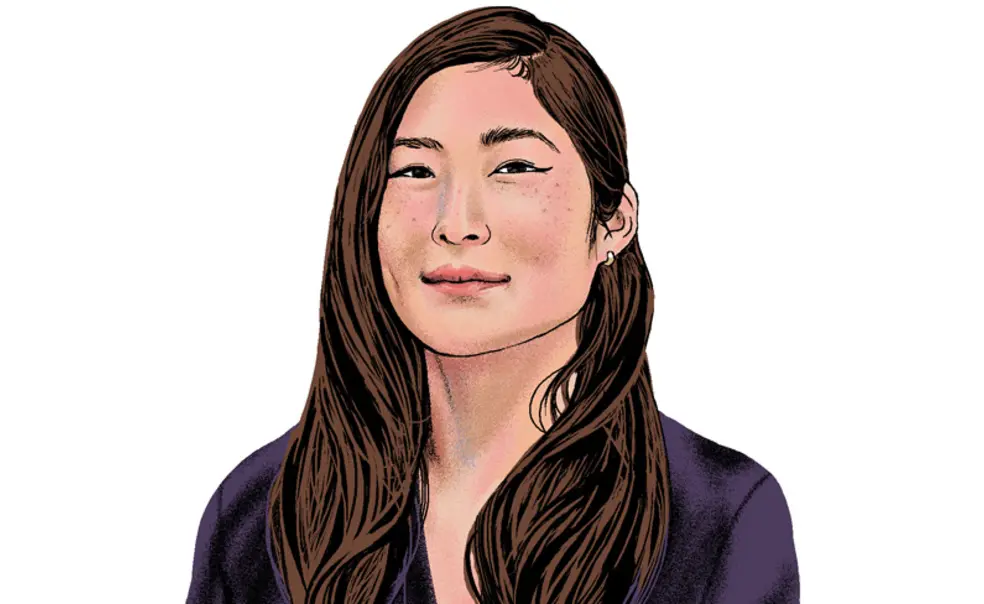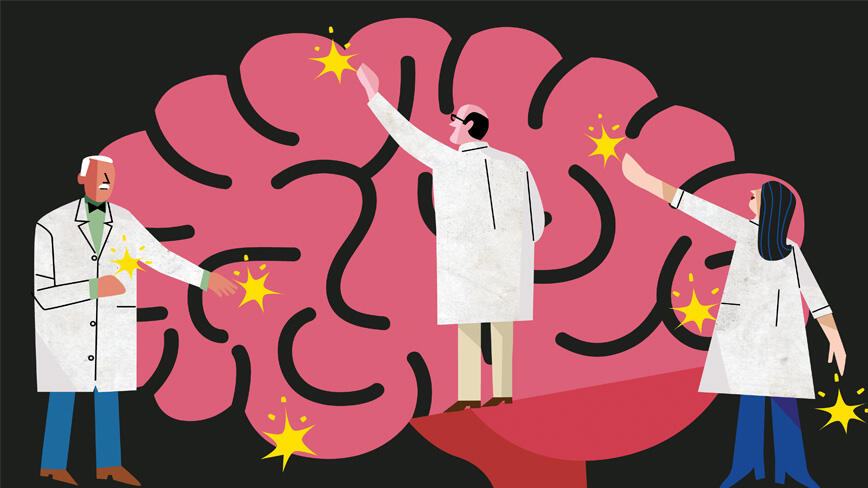Neuroscientist Christina Kim ’11 Is Mapping the Brain for Better Therapies
Growing up in Huntsville, Alabama, Christina Kim ’11 was a creative kid: She enjoyed reading fantasy novels, playing cello and piano, and doing arts and crafts. In fact, Kim assumed she’d pursue a career as a musician until she happened to take some neuroscience classes at Princeton, including one taught by psychology professor Michael Graziano ’89 *96, who is also a novelist and musical composer.
“He’s an excellent storyteller,” explains Kim. “His lectures got me really interested in neuroscience.”
Kim began to consider neuroscience as a potential major, a choice that was cemented once she engaged in lab work for her junior paper. “I just fell in love with research,” she says. “I really enjoyed the creative parts of it — making figures, writing up your results in a lab.”
Kim returned to Princeton this spring as an assistant professor with a dual appointment at the Princeton Neuroscience Institute and the Omenn-Darling Bioengineering Institute. Her research focuses on creating new tools to better understand the brain’s circuitry and applying the insights gleaned to develop more effective therapies for disorders like anxiety and addiction.
Quick Facts
Title
Assistant professor of neuroscience and bioengineering
Time at Princeton
8 months
Upcoming Class
Organic Chemistry II
Kim's Research: A Sampling
Marrying Fields
The delicate nature of the brain makes it difficult to gather research information like neural signals and released molecules; data-collection techniques can be invasive. That’s where bioengineering comes in. “We design technologies that actually allow us to gain access to that type of information,” Kim explains. Her lab has developed new techniques in protein engineering and optical imaging, which Kim says her team then applied “to learn more about how neural circuits encode things like animal emotion, reward processing, addiction.” By linking neuroscience with bioengineering, Kim says, researchers can “discover the basic building blocks of the neural circuits that we are interested in.”
Psychedelic Studies
It’s known that psychedelic drugs can reduce anxiety, but they also produce hallucinations, making their clinical use tricky. Using a new kind of molecular technology, Kim and her lab genetically tagged neurons in the prefrontal cortex of mouse brains, allowing the team to monitor which neurons are activated when psychedelics are administered. They then successfully reactivated these neurons to replicate the anxiety-reducing effects of the drugs without the unwanted side effects. By identifying exactly which parts of the brain respond to the drugs and how, Kim’s lab has paved the way for the creation of better, more targeted psychiatric medications.
Eliminating Downsides
Certain antipsychotic drugs are used to treat mood and behavioral disorders but often cause side effects like feeling unwell or unmotivated. “The negative side effects are a major reason that many patients stop taking these medications, despite the therapeutic benefits,” Kim says. In a forthcoming study, she and colleagues at both Princeton and the University of California, Davis, were able to pinpoint a precise biological cause for these negative side effects: the silencing of a specific neuron output in the brain. This insight “may help researchers design new treatments that reduce unwanted side effects of these medications, improving patient outcomes,” Kim says.













No responses yet